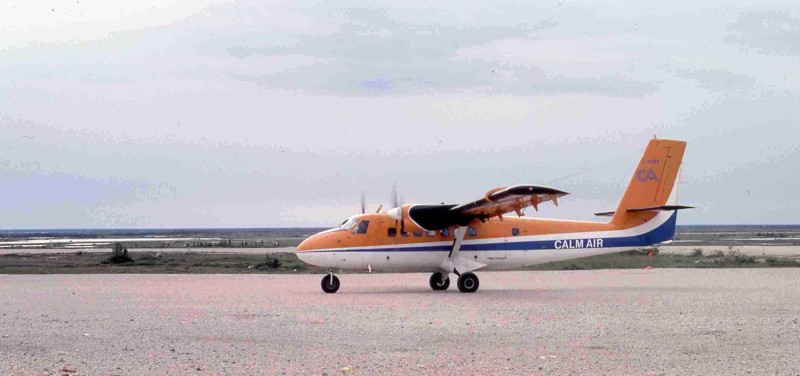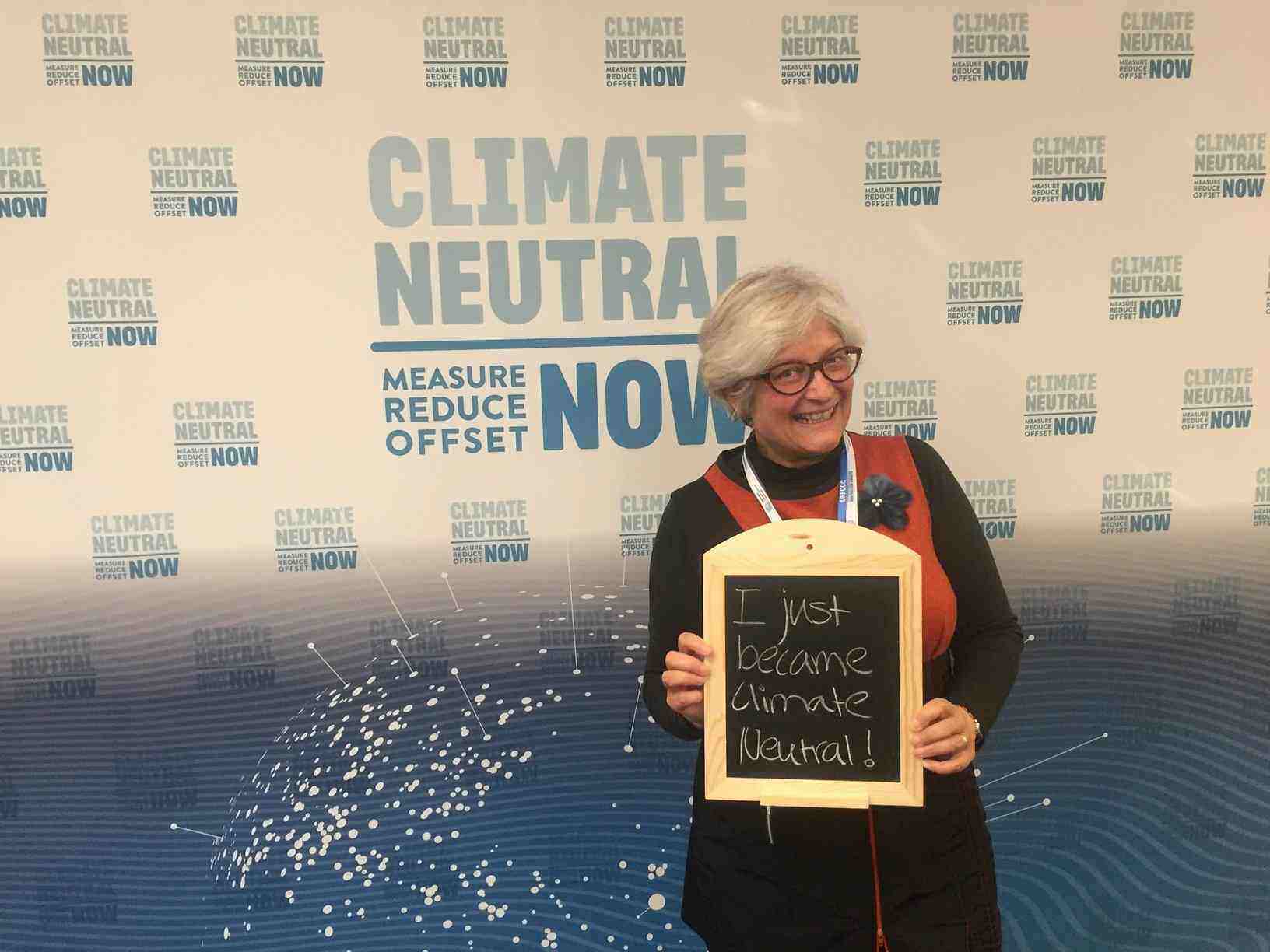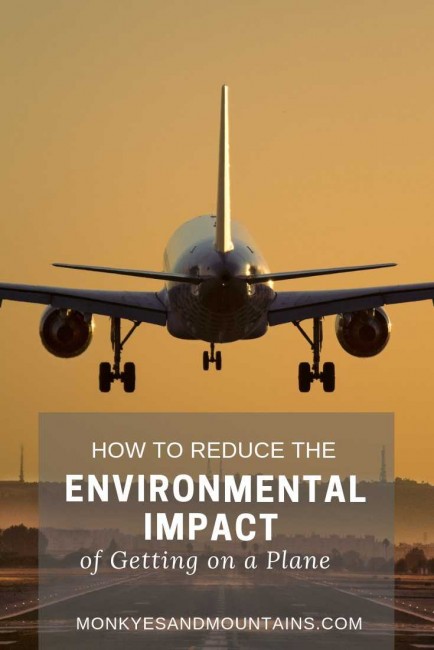In the summer of 1981, I went to see the hit movie Raiders of the Lost Ark in a downtown Toronto cinema, after spending three summer months on the shores of Hudson Bay, Canada. I had been working as a field assistant on a research project looking at how grazing by lesser snow geese was affecting the growth of salt-marsh vegetation.
Table of Contents
After three months of no television or radio, watching the adventurous Indiana Jones on the big screen was exciting. As most people will know, Indy spends the movie dashing off to remote locations in Nepal and Egypt. In Raiders of the Lost Ark, plane travel is glamorous, and we see the routes that Indy travels marked out on maps.
This part of the movie brought back memories of my summer. When I was hopping on and off twin otter planes on eskers, and choppers in coastal salt-marshes. There was always the possibility that a polar bear might be napping behind a rock!

Plane travel and how to reduce the environmental impact
These days plane travel is much less glamorous. And for those of us studying the impacts of climate change, highly guilt-inducing. We know that air travel burns fossil fuels and has a very high carbon footprint. In fact, for most people, flying will be the biggest single item in our individual contribution to greenhouse gas emissions. Greenhouse gas emissions are the cause of today’s planetary climate change and global warming.
This post explains all about greenhouse gases. It discusses some responsible ways that those of us who do travel by air, can reduce the environmental impact or offset our carbon emissions. I’ll show you how you can become a more responsible traveller.
Recommended Reading: The 33 Best Travel – Inspired Decor Ideas for 2021
Greenhouse Gases and the Greenhouse Effect
Like all combustion engines, planes burn fossil fuels, of which the main product is carbon dioxide (CO2) gas. CO2 is a Greenhouse Gas (GHG), meaning that it absorbs and holds heat. While there is more than one greenhouse gas in the earth’s atmosphere, carbon dioxide is, by far, the largest amount.
Being a greenhouse gas isn’t in itself a bad thing. Without the greenhouse effect, the earth’s average temperature would be about -18 degrees Celsius – very cold. Our planet’s temperature is much warmer because the greenhouse gases in the earth’s atmosphere trap incoming heat from the sun. Current forms of life on earth evolved under the greenhouse effect. But, there’s such a thing as too much of a good thing. The earth’s biodiversity is having a tough time coping with global warming and climate change.
Every human on earth uses carbon energy and resources of different kinds to live. We use it for our food, clothing, housing, and travel. Everyone has their own unique carbon footprint. We can measure our individual and collective energy use using different apps on our smartphones.
Like most people, my carbon emissions from the airline flights make up the largest single component of my annual, total, greenhouse gas emissions. Why? Because I live in an energy-efficient, renovated Toronto home, eat mostly vegetarian to reduce the carbon footprint of my diet, and I take either public transit or rideshare to work. My university is dedicated to finding energy savings from an institutional perspective.
Related Reading: 5 Staycation Ideas That Will Make You Feel Like You’re Actually Travelling
What can we do to limit our carbon emissions from travel?
It would be hypocritical for me to teach and study the impacts of climate change in ecology, and keep flying like Indiana Jones without giving any thought to my aircraft emissions. To reduce my environmental impact, I aim to limit my flights as much as possible. And to conduct as much work as possible through Skype and email. The Flying Less campaign encourages professors like me, who fly to conferences, to do more virtual conference attendance.
On the other hand, scientific research is international and collaborative in nature. And I interact with colleagues based all over the world. I do a lot of work via email and Skype. But sometimes I simply cannot avoid travelling to meet students and colleagues in real life. To teach them and to do research. This year, while I was on sabbatical far from my home in Toronto, at Visva Bharati University, India, which was founded by Nobel Laureate, Rabindranath Tagore, I took the opportunity to see colleagues in countries like Bangladesh, Australia and New Zealand, on “local’ trips.
This may all seem very exciting, but truth be told, since my sabbatical ended on June 30th, I’m still doing follow-up homework from the places that I visited. Going over my notes about the teaching and research being done there, and writing up my research! I have also spent time calculating my carbon footprint from all of that flying and purchasing carbon offsets.
Being Climate Neutral
While travelling by plane, I still aim to be as low carbon as possible. This means finding ways to neutralize or offset the carbon outputs from the flights that are increasing my overall carbon and greenhouse gas footprint.
How do I do this? My main way is to support projects that grow trees. Their photosynthesis sucks some of the carbon dioxides out of the air that my plane travel puts into it from burning fossil fuels. I also support the development of green energy projects such as hydro, solar and wind, which don’t rely on fossil fuels.

This means that I support the carbon credit and carbon offset market. It has become increasingly sophisticated over the last 10 years. When I was the director of York University’s Sustainability Research Institute, one of my first projects was to make the student course reading packs carbon neutral. We partnered with a local Toronto organization to invest in green energy projects. This allowed us to make the carbon footprint of each course reading pack, zero.
These days, I purchase carbon offsets through the United Nations’ Carbon Neutral Now programme. As with all markets, quality control and checks are vital to ensuring that the carbon offset projects are legitimate. The UN does this.
Recommended Reading: Indian Decor That Will Make You Feel Like You´re Travelling in India
Everyone can and should act
Still, the most important thing is to aim to fly as little as possible. Over the years, I have observed that my fellow ecologists have not been as aware of the research and education on the topic of carbon footprint as I would like to see. But this is slowly changing, though not fast enough for me! Recently, ecology professor, Mark Vellend, wrote a guest post over at Small Pond Science blog about his feelings of guilt at travelling across Canada to see his family over Christmas. I hope he’s offsetting his family travel.
The airline industry has also improved its fuel efficiency. The Bombardier Q400 planes flown by Porter Airlines out of Billy Bishop Airport in Toronto are the most fuel-efficient in their class. This is one of the reasons that I fly with them.
At the end of the day, all of us concerned about the environment and climate change, need to be conscious about our carbon footprint. In fact, our goal should be to make it as small as possible. And do our best to reduce the impact on the environment. When we do travel by plane, we can reduce the environmental impact of our flights by purchasing verified carbon credits from reliable sources. These actions are part of the principles and philosophy of Ecotourism, which you are very likely interested in if you are reading this post.


